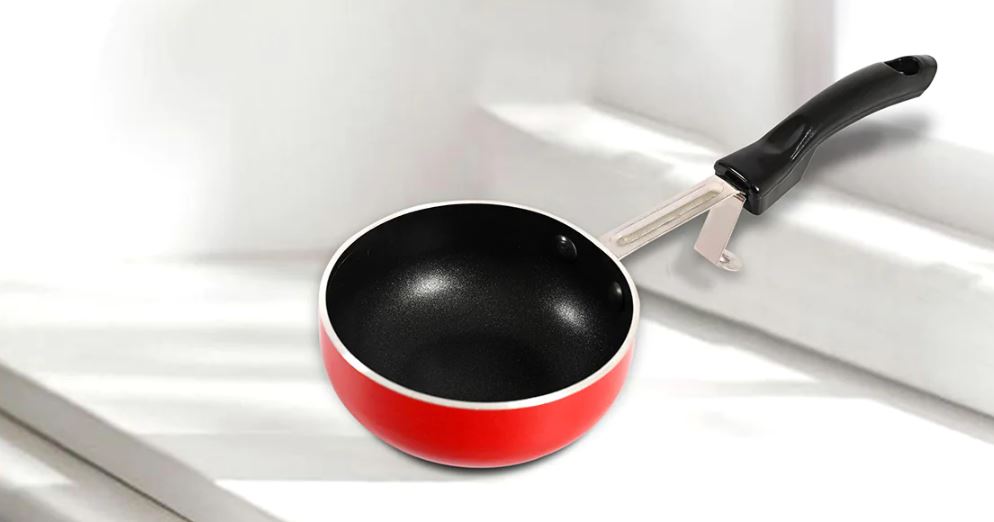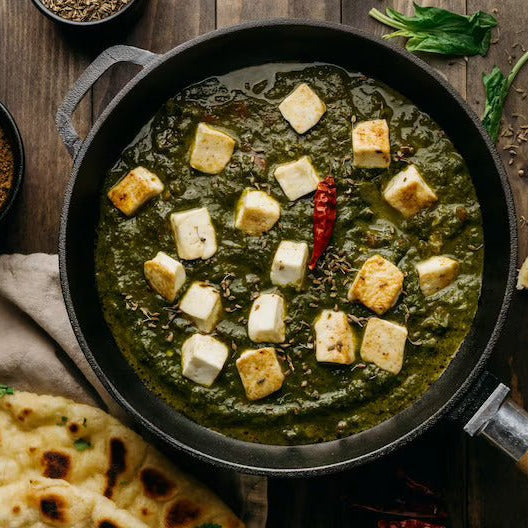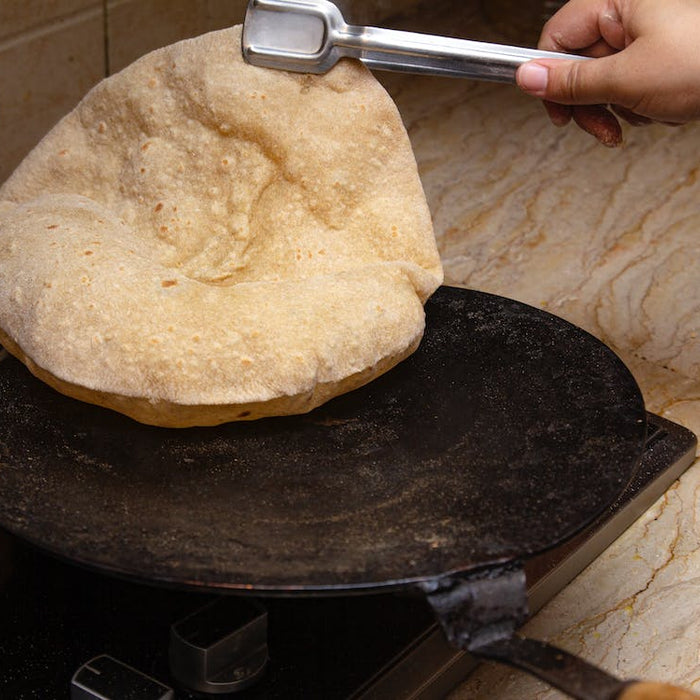
Non-Stick Tadka Pan: Unveiling Benefits, Uses, and Important Facts
In the ever-evolving world of kitchenware, the non-stick tadka pan stands out as a versatile and indispensable tool. This specialized pan, designed for tempering spices or 'tadka' in Indian cuisine, has gained widespread popularity for its efficiency and ease of use. From its humble beginnings to becoming a kitchen essential, the non-stick tadka pan has revolutionized the way we approach traditional cooking techniques.
When and Where is Found Non-Stick Tadka Pan?
The concept of non-stick coatings originated in the mid-20th century, with the first commercially available non-stick pan hitting the market in the early 1960s. Over time, the design evolved to cater to the specific needs of different cuisines. The non-stick tadka pan, in particular, found its roots in Indian kitchens where tempering spices is a common culinary practice. The pan's design is tailored to handle the intense heat and rapid tempering required for Indian dishes, making it an indispensable utensil in every Indian household.
Who Uses Non-Stick Tadka Pan?
While the non-stick tadka pan was initially embraced by those with a penchant for traditional Indian cooking, its popularity has transcended cultural boundaries. Home cooks, professional chefs, and culinary enthusiasts alike now recognize the value of this specialized pan. Its compact size and efficient design have made it a favorite among those who appreciate precision and ease in the kitchen.
Why Non-Stick Tadka Pan So Popular?
The widespread popularity of the non-stick tadka pan can be attributed to several factors. The primary allure lies in its non-stick coating, typically made of materials like PTFE or ceramic. This feature ensures that tempering spices or sautéing ingredients can be done with minimal oil, promoting healthier cooking practices. The pan's ability to heat up quickly and distribute heat evenly also adds to its appeal, allowing for precise control over the tempering process.
How is Used Non-Stick Tadka Pan?
The non-stick tadka pan is incredibly user-friendly, making it accessible to cooks of all skill levels. To use, one simply needs to heat the pan, add a small amount of oil, and temper spices to enhance the flavor of the dish. Its compact size and tapered spout allow for easy pouring of the tempered spices into the main cooking vessel. Additionally, the non-stick surface makes cleaning a breeze, saving time and effort in the kitchen.
Important Facts:
-
Material Matters: Non-stick tadka pans are commonly made from materials like aluminum, which ensures rapid and even heating. It's crucial to choose a pan with a durable non-stick coating to guarantee longevity.
-
Versatility: Beyond tempering spices, the non-stick tadka pan can be used for various quick-cooking tasks, such as frying eggs, sautéing vegetables, or toasting nuts.
-
Avoid High Heat: While these pans are designed for high-heat cooking, it's essential to avoid excessive temperatures to prevent damage to the non-stick coating. Medium to medium-high heat is typically sufficient for most tasks.
In Conclusion:
The non-stick tadka pan has undoubtedly earned its place in kitchens worldwide, offering a practical solution for a variety of cooking needs. Whether you're a seasoned chef or a novice in the kitchen, this pan's versatility, efficiency, and ease of use make it a valuable addition to any culinary arsenal. As we continue to explore innovative ways to enhance our cooking experiences, the non-stick tadka pan stands tall as a testament to the marriage of tradition and modernity in the world of kitchenware.
Discover Our Selection
Featured collection
-
Original price - Original priceOriginal price Rs. 19.99Rs. 19.99-Current price Rs. 19.99
Product title
Original price - Original priceOriginal price Rs. 19.99Rs. 19.99-Current price Rs. 19.99 -
Original price - Original priceOriginal price Rs. 19.99Rs. 19.99-Current price Rs. 19.99
Product title
Original price - Original priceOriginal price Rs. 19.99Rs. 19.99-Current price Rs. 19.99 -
Original price - Original priceOriginal price Rs. 19.99Rs. 19.99-Current price Rs. 19.99
Product title
Original price - Original priceOriginal price Rs. 19.99Rs. 19.99-Current price Rs. 19.99 -
Original price - Original priceOriginal price Rs. 19.99Rs. 19.99-Current price Rs. 19.99
Product title
Original price - Original priceOriginal price Rs. 19.99Rs. 19.99-Current price Rs. 19.99 -
Original price - Original priceOriginal price Rs. 19.99Rs. 19.99-Current price Rs. 19.99
Product title
Original price - Original priceOriginal price Rs. 19.99Rs. 19.99-Current price Rs. 19.99
Blog posts
-
-

What is Karahi or Kadahi? Exploring Its Best Use in 2024 | Non Stick
The kadai or karahi holds a special place, when it comes to Indian cooking,choose MACclite kadai cookware for a healthier and more enjoyable cooking experience.Read now -

Best Tawa for Roti 2024 - Guide to Choosing the Best Iron Tawa for Your Family
The roti tawa is the right tool to achieve the ideal texture and taste. Finding the perfect roti tawa for your family can be both rewarding and challenging in 2024 due to the many options available.Read now



